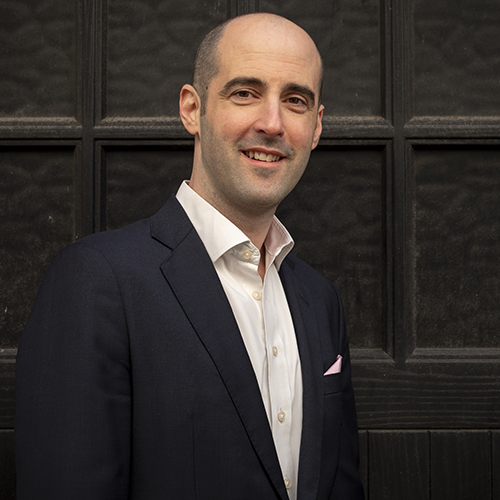Fortem Capital has increased its profile in the UK retail structured products market after the launch of the Lowes Financial Management’s UK Defined Strategy Fund which was launched in collaboration with the Newcastle-based financial firm in late 2018.
SRP spoke to founding director Ryan Rogowski (pictured) about the firm’s activity around structured products in the UK discretionary market, as well as the flexibility of funds to deliver defined outcomes.
The Fortem Capital Progressive Growth Fund, launched last year, has recently broken through the £100m assets under management (AUM) threshold (and recorded a 5.91% cumulative performance in 2018), according to Rogoswki.
“We believe that our asset growth is testament to the belief that investors have in both the Fortem team and the fund,” he says. “Whilst the Fund is relatively young, performance has been robust and in line with our expectations.”
Rogowski believes that part of the success is the approach Fortem takes to target the market as “there is a large set of professional discretionary managers spread out across the UK with a very large asset base that is not being properly served”.
A single wealth management firm may have billions of pounds in assets under management but those assets may be spread across 10 to 15 offices, each office housing 10 to 15 portfolio managers, according to Rogowski.
“The reason Fortem exists is because we can go out and service this dispersed client base with highly experienced and highly trained investment specialists,” he says. “Our strategy is to focus on the core target market, which is discretionary asset managers, to fill that coverage gap left by banks, and to deliver a curated list of partner banks, as well as innovative solutions, and a high level of service.”
Over the last two years the company has focused mostly on derivatives-based products, with the overall notional encompassing a mixture of products to deliver solutions to its clients, primarily comprised of structured notes, warrants or funds.
“The growth is coming from an increase in our market share,” says Rogowski. “If you look at all the transactions we have arranged in the primary and secondary market to date, we are over the £900 million mark. We believe in the next couple of years we can double our market share.”
By the end of 2018, Fortem had arranged over £600 million notional worth of structures. “The ambition on the securities side of the business is to double that in the next couple of years,” says Rogowski. “Our global ambition in the next three to five years is to have an equal or greater AUM coming from the fund business.”
Structured products remain a big focus for Fortem which sees funds as complementary to structured notes. Recent regulatory developments including the UK FCA RDR and Mifid 2 have helped provide clients with additional transparency, “even if not yet fully polished,” according to Rogowski.
“Funds leverage our core derivatives skills and expertise and from a business perspective they completely open up the target market for us,” says Rogowski, adding that there are efficient ways to deliver structured products using the fund wrapper. “It doesn’t necessarily have to be a structured fund, it could be a fund using derivatives, coming at different angles, using defined return products, but definitely listening to the investor base, what they want and how they want it, is a key point.”
Rogowski points at the firm’s Progressive Growth Fund which invests in a portfolio of gilts and other high-grade government bonds, as an example.
“We think the best set up for constructing a fund is via an Isda & Credit Support Annex [CSA],” he says. “The fund then swaps the performance of those gilts and uses that Libor stream to pay for the derivatives that we enter into [each derivative trade also being fully collateralised].
“We are effectively deconstructing a structured product into a funding and an options component. By utilising this institutional set up with multiple leading banks you are able to efficiently access any derivative you want, just as any asset manager on large scale will do.”
The benefits of this approach for the customer are that they can access more transparent pricing, more customised payoffs, and they can completely control counterparty risk.
“It allows an immense flexibility and robustness that you cannot do as easily with structured notes,” says Rogowski. “People talk about great secondary market opportunities around notes but it is very difficult to find enough paper in the secondary market to make a material difference for a large fund, not to mention the dramatic increase in managing and administering those notes.”
A fund structure using gilts, or other collateral, and options, acts as an efficient open-ended fund as the fund manager can perpetually upsize or downsize derivative trades, particularly equity-linked derivatives which have high liquidity, according to Rogowski.
“You do not ideally want to end up with a fund that has 10,000 different pieces of paper,” he says. “Gilts are ultra-liquid, so it is important that people in the structured space remember that when you move to the fund world, it is not just about moving a product in to an open-ended vehicle, it is about transforming the underlying liquidity profile to match the open-ended vehicle.”
